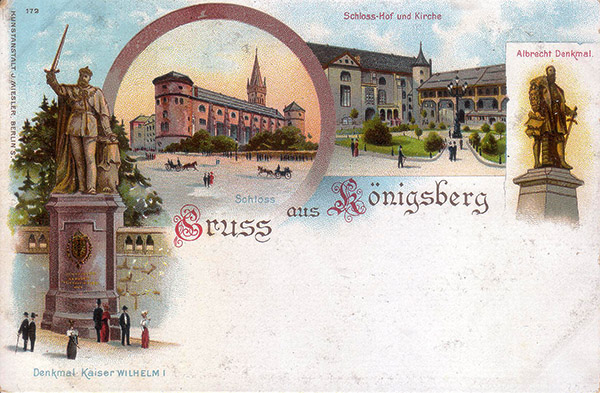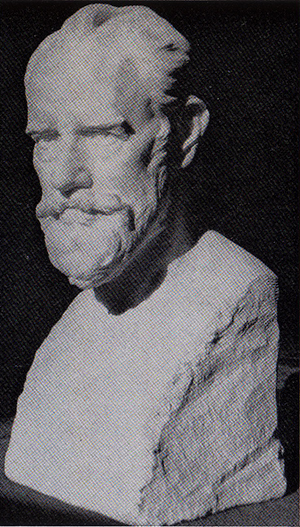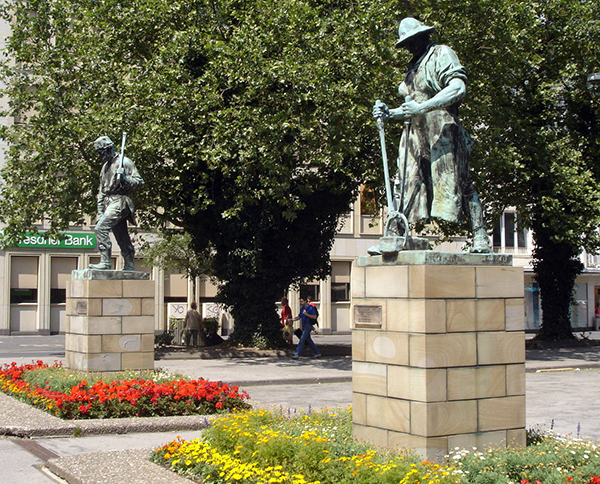Friedrich Reusch
Of the entire creative legacy of the famous Königsberg sculptor Friedrich Reusch ( Johann Friedrich Reusch, 1843-1906), only a copy of his monument to Duke Albrecht, standing on Kant Island near the north-eastern wing of the Cathedral, is visible to today's Kaliningraders. And once Reusch's works, installed in the capital of East Prussia, brought him all-German fame.
Johann Friedrich Reusch ,
a native of Siegen (North Rhine-Westphalia), was born into a family of
carpenters and woodcarvers for several generations and continued the family
tradition. Having demonstrated remarkable creative abilities in this profession,
Reusch decided in 1863 to enroll in the Berlin Academy of Arts. After graduating
in 1867, Reusch worked under the guidance of the sculptor Albert Wolff on the
bas-reliefs of the Berlin Victory Column and on the monument to Friedrich
Wilhelm III. He
was awarded a scholarship for a trip to Italy (1872-1874), returning from which
he opened his own sculpture studio in Berlin. In 1881, Reusch was invited to
Königsberg, where he took up the post of professor at the Academy of Arts in the
newly opened sculpture class. Later, Reusch headed the Academy of Arts. In 1904,
due to a progressive heart disease, Reusch left teaching. In 1906, during a trip
to Sicily, Reusch died. He was buried in his hometown.
Friedrich Reusch created several iconic monuments for Königsberg, which became his second homeland. The period of the sculptor's life in Königsberg is rightly called the "Reusch era", so great was his contribution to the artistic design of the city. In addition to busts, bas-reliefs and figures made for public buildings, these are bronze sculptures of Duke Albrecht of Hohenzollern (1891), Kaiser Wilhelm I (1894), the "Iron Chancellor" Otto von Bismarck (1901), " German Michel " (1895), which became a kind of symbol of the city of that time. All of Reusch's sculptures and busts, which survived the August bombing of 1944 and the storming of the city in April 1945, were either melted down after the end of World War II or disappeared without a trace. For the 750th anniversary of the founding of Königsberg (2005), the sculpture of Duke Albrecht was restored.

Other works by the sculptor had a similar fate. The statues of Kaiser Wilhelm I in Duisburg, Münster and Siegen did not survive the war. In the sculptor's hometown of Siegen, the bronze sculptures of a miner and a foundryman (the so-called "Henner und Frieder"), made by Reusch in 1902 for the Düsseldorf Industrial Exhibition, survived.



